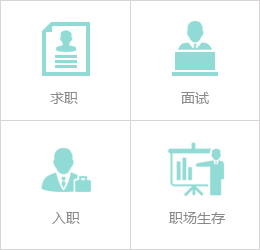当前位置: Language Tips> 流行新词
手机用一年就要换新的,因为电池不行了;很贵的鞋子,穿了三个月,鞋跟就掉了。
现代生活中,很多产品的使用寿命都在缩短。就像有句话说的,东西坏了,就换个新的,没人愿意拿去修好了再用。
我们之所以会这样,除了消费理念的变化以外,其实也是厂家“计划性淘汰”策略的结果。

Planned obsolescence or built-in obsolescence in industrial design and economics is a policy of planning or designing a product with an artificially limited useful life, so it will become obsolete, that is, unfashionable or no longer functional after a certain period of time.
工业设计和经济学中所谓的“计划性淘汰”或“内置报废”指在设计产品时人为地设定使用寿命,这样产品在过了一段时间以后就会过时或者不好用。
The rationale behind the strategy is to generate long-term sales volume by reducing the time between repeat purchases.
这种策略背后的理念是通过缩短重复购买周期来促进长期销售额。
Producers that pursue this strategy believe that the additional sales revenue it creates more than offsets the additional costs of research and development and opportunity costs of existing product line cannibalization.
采用这种策略的厂商认为,通过这种方式产生的额外销售收入能够抵消研发成本以及现有产品线同型装配的机会成本。
In a competitive industry, this is a risky strategy because when consumers catch on to this, they may decide to buy from competitors instead. For example, when Japanese vehicles with longer lifespans entered the American market in the 1960s and 1970s, American carmakers were forced to respond by building more durable products.
不过,在竞争激烈的行业,采用这种策略也有风险。因为消费者明白这其中的策略之后,他们就会去买别家的产品。比如,上世纪六七十年代,使用寿命更长的日本车进入美国市场以后,美国汽车厂商就不得不造出更耐用的汽车来应对竞争。
(中国日报网英语点津 Helen)
上一篇 : 试试“食物排除疗法”?
下一篇 : 玩口袋精灵得了“妄想症”?
关注和订阅


电话:8610-84883645
传真:8610-84883500
Email: languagetips@chinadaily.com.cn